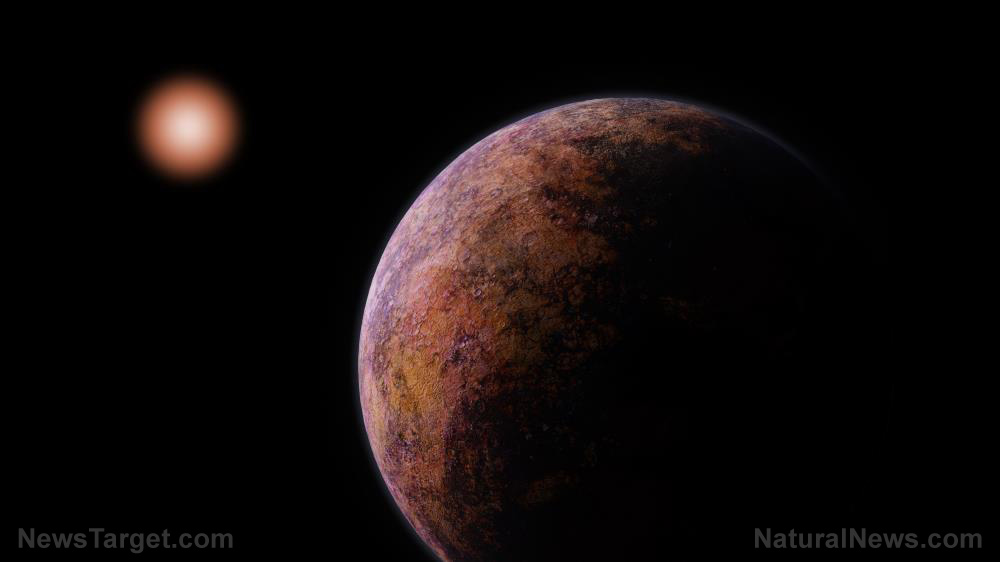
The researchers noted that the absence of a gas giant such as Jupiter can mean more planets could have the favorable conditions to facilitate life. This factor could explain why the Solar System only has Earth when it could host as much as six habitable planets.
First author and astrobiologist Stephen Kane of the University of California, Riverside was previously investigating Trappist-1, a nearby solar system that is home to three Earth-like planets in its habitable, or Goldilocks, zone. This zone refers to the area around a star which is not too hot and not too cold for liquid water to exist on the surface of surrounding planets.
"This made me wonder about the maximum number of habitable planets [that are] possible for a star to have, and why our star only has one," shared Kane.
Jupiter might be to blame for lone Earth in the Solar System
For the study, Kane's team developed a computer system model and ran simulations of planets orbiting their stars. They came up with an algorithm that accounted for gravitational forces and helped test how the planets interacted with each other over millions of years.
Results show that some stars could support as many as seven habitable planets while a star like the Sun could potentially support six planets with liquid water. More than the threshold number, however, will result in the planets becoming too close to each other and destabilize each other's orbits.
It's also important that the planets' movement is circular rather than oval or irregular to minimize close contact and maintain stable orbits between planets.
Kane argued that the Solar System only has one habitable planet, Earth, because of Jupiter. The gas giant is about two-and-a-half times more than the rest of the planets orbiting the Sun combined.
"It has a big effect on the habitability of our solar system because it's massive and disturbs other orbits," he said.
Future research could develop new models that examine the atmospheric chemistry of habitable zone planets in other star systems. They are crucial for determining possible life forms in outer space.
Furthermore, they provide insights into the vital forces that shaped and will shape life. Scientists know that Earth has been habitable for billions of years. But the question of how it evolved into the liveable planet that it is today remains unresolved. (Related: Universe potentially 'cosmic zoo' filled with complex plant and animal life, theorize scientists.)
"By measuring the properties of exoplanets whose evolutionary pathways may be similar to our own, we gain a preview into the past and future of this planet and what we must do to main its habitability," said Kane.
Searching for stars to search for life
The next step for Kane and his team is to search for more stars that are orbited by smaller planets. One such star is already identified. Beta CVn is relatively close at 27 light-years away and has no known gas giant in its orbit. Scientists included it in the list of stars that are being checked for multiple habitable-zone planets. (Related: Astronomers develop new telescope system that can scan for signs of alien technology.)
In addition, an earlier study published in the Astrophysical Journal Letters provide crucial insights that could help in Kane's search. Researchers found that a certain type of stars called K stars are particularly conducive for habitable planets. These balls of light are dimmer than the Sun but brighter than M-type red dwarfs -- stars that are found to host planets including those that are potentially habitable.
Analysis showed that a methane-oxygen signal is potentially stronger around K stars than even M-type red dwarfs. Methane and oxygen quickly extinguish each other. So if scientists detect the presence of these gases in a planet, they could assume that there's another source, possibly life, that's continually producing them.
With the help of such studies, scientists can better understand the mysteries of the universe and come nearer to answering if alien life exists.
Sources include:
Please contact us for more information.























